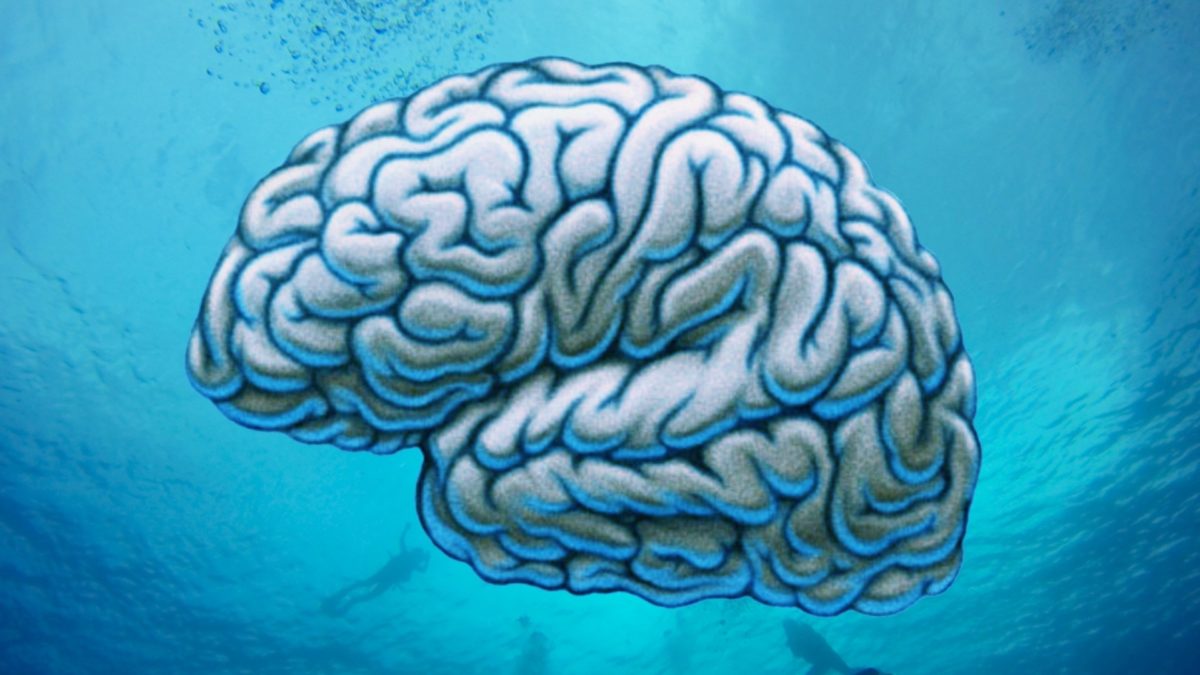Immersion has been the buzzword of the themed entertainment industry for a little over a decade or so. We’re in an arms race where every new project attempts to one-up the last by increasing the ‘immersiveness’ by another factor. Bigger, more enveloping, more detailed, and especially: more real.
While some of the projects this has resulted in are phenomenal achievements, and indeed some of my personal favorites, I really find it peculiar that realism has become so centered in the process. In fact, ‘immersive’ and ‘real’ are often treated as if they’re synonymous and thus to make something more ‘immersive’ necessarily means you must make it more ‘real’. But one only needs a cursory understanding of operations to realize that realism and guests’ wants and needs are often in direct conflict with each other.
The kinds of experiences theme parks seek to replicate are often ones that would not be pleasurable at all if they were entirely realistic. Very few people want to experience physical pain, true fear, walking through knee-deep mud filled with bugs, getting lost, dead ends, pooping in a bush. Few real environments (especially man-made) are perfectly photogenic. Nor are many of the exotic locales that so often inspire themed attractions jam-packed with tourists, or blazingly hot while covered in snow. And in a world where most new attractions are based on IP, there will always need to be a compromise between what is canon and what guests want to experience. Theme parks are inherently non-linear unreal places existing in a linear reality, increasingly based on linear media. Immersive nirvana can never be achieved as long as immersion is defined as realism. And as long as that’s the case, why not use it to our advantage?
No guest over 8 is ever going to be convinced they’ve actually been transported somewhere else. We know we’re in a theme park, we’ve got the $1000 receipt to prove it and it’s utterly bizarre to keep defining immersion in a way where the goal is to achieve that illusion. Hell half the fun of illusion is knowing it’s an illusion.
It’s not about suspension of disbelief. Not really. Immersion isn’t about convincing someone they’re someplace else. It’s about creating a place or moment where the guest is unable to think about anything else. It’s about flow. It’s about engagement. It’s about creating a feast for the senses. And that can be done with realism, but it can also be done without. It requires deep detail, story, theme, and the creation of a world – but that is not the same thing as realism. One only need look at the marvelous things that have been done in the world of theatre for the last few decades. Worlds there are routinely abstract, heightened, constructed out of metaphor and suggestion. It’s a subtle distinction, but an important one.
Neither framework is reason to build a giant coaster down the middle of Main Street USA, but the former explains that it’s because it breaks the illusion and is unrealistic. The latter reasons, essentially, that it’s a distraction from the vibes. A distraction from the theme. Theme provides a unifying glue that realistic literalism cannot. Realism would argue for dirt roads and muted colors. Realism would argue for a lack of background music. Realism would argue for hiding the castle and no sign of queerness or people of color anywhere. But those decisions too would be a distraction from the theme. Main Street USA is about optimism and the promise of a new day. That’s why “Put on Your Sunday Clothes” plays in the background, there’s a castle in the distance, and all are welcome. By liberating itself from reality, Main Street USA is able to tell a story that is more compelling, more flexible to change, and indeed more “immersive”. The differences from reality are what grab your attention.
Moreover realism can often come at the expense of clarity and usability. Real life seldom has directional signage, colors that work together, or accessible entrances. There’s no need to make these sacrifices. We create super-realities. Let guests have a map. Let them have a picturesque view that immediately communicates the message. Let the operations staff answer in plain English if they need. What matters is how much a place can envelop us in an idea, in a moment, in a feeling. And freed from the bounds of realism, themed entertainment designers can create whole new kinds of unbelievable worlds that might very well be more ‘immersive’ than anything reality could create – not necessarily representing the world as it is, or could be, but how it feels: metaphorical places, Brechtian places, abstract spaces, collages of places, places where emotions become objects and objects become feelings. Or at the very least places that always have enough shade and benches.
Let me be clear. I’m not arguing to build a strip mall and call it a theme park. Sightlines are important. Design is important. Story and theme are incredibly important. Detail is essential. Spectacle is wonderful. All of those elements combine together to create moments in which a guest has no choice but to be immersed. Nor is it an argument against realism as an aesthetic. Sometimes a story demands something that feels or looks realistic. But it is only an aesthetic: one of many. Realism by itself is not immersion. And there’s no guarantee that building something realistic will result in something that is immersive. The content dictates that. Immersion is what happens behind the eyes, not in front of them and we should never lose sight of that.

